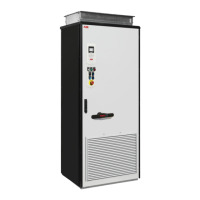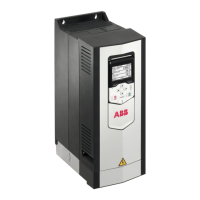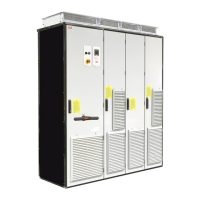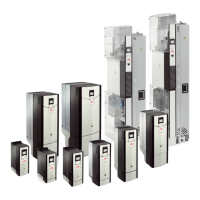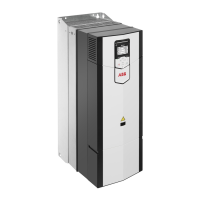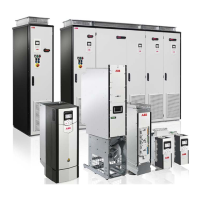■ European Union
To meet the European Union Directives, according to standard EN 60204-1, Safety of
Machinery, the disconnecting device must be one of the following types:
• switch-disconnector of utilization category AC-23B (IEC 60947-3)
• disconnector that has an auxiliary contact that in all cases causes switching devices
to break the load circuit before the opening of the main contacts of the disconnector
(EN 60947-3)
• a circuit-breaker suitable for isolation in accordance with IEC 60947-2.
■ North America
Installations must be compliant with NFPA 70 (NEC)
1)
and/or Canadian Electrical Code
(CE) along with state and local codes for your location and application.
1)
National Fire Protection Association 70 (National Electric Code).
■ Other regions
The disconnecting device must conform to the applicable local safety regulations.
Selecting the main contactor
You can equip the drive with a main contactor.
Follow these guidelines when you select a customer-defined main contactor:
• Dimension the contactor according to the nominal voltage and current of the drive.
Also consider the environmental conditions such as surrounding air temperature.
• Select contactor with utilization category AC-1 (number of operations under load)
according to IEC 60947-4, Low-voltage switch gear and control gear.
• Consider the application life time requirements.
Examining the compatibility of the motor and drive
Use asynchronous AC induction motors, permanent magnet synchronous motors, AC
induction servomotors or ABB synchronous reluctance motors (SynRM motors) with
the drive.
Select the motor size and drive type from the rating table on basis of the AC line voltage
and motor load. You can find the rating table in the appropriate hardware manual. You
can also use the DriveSize PC tool.
Make sure that the motor withstands the maximum peak voltage in the motor terminals.
See Requirements table (page 63). For basics of protecting the motor insulation and
bearings in drive systems, see Protecting the motor insulation and bearings (page 63).
62 Guidelines for planning the electrical installation

